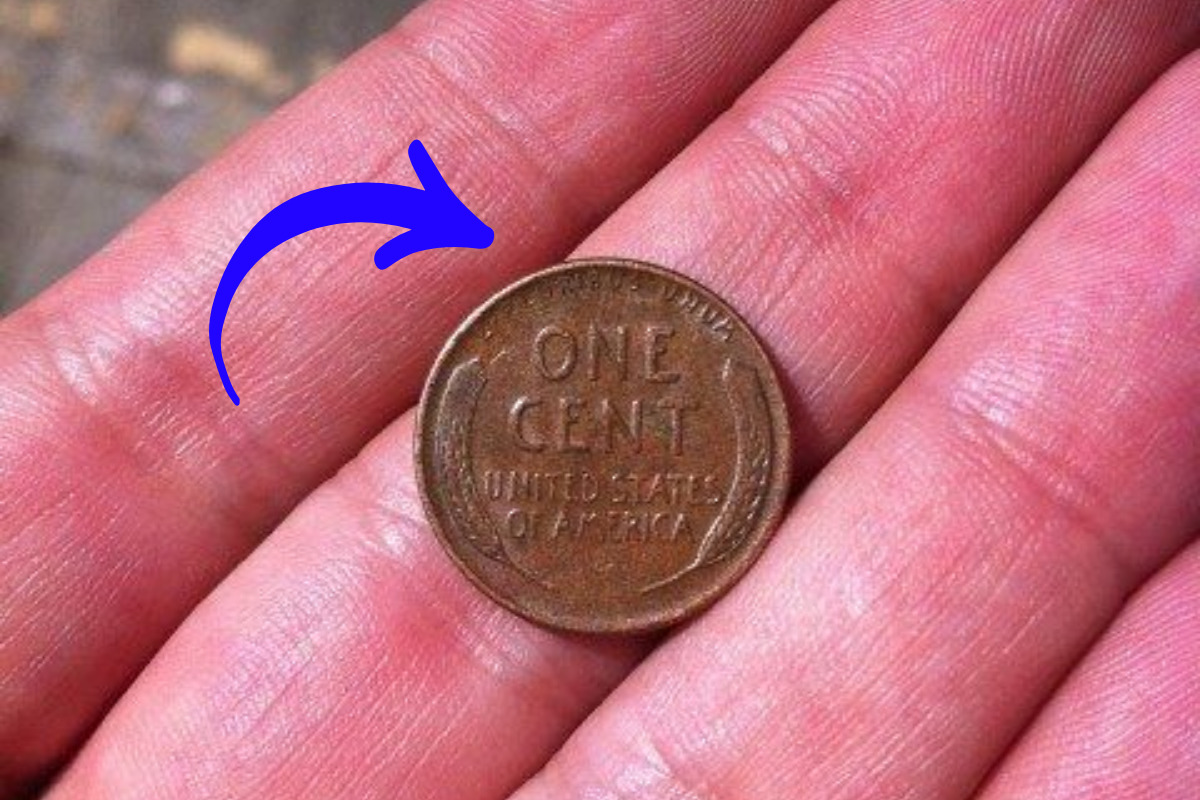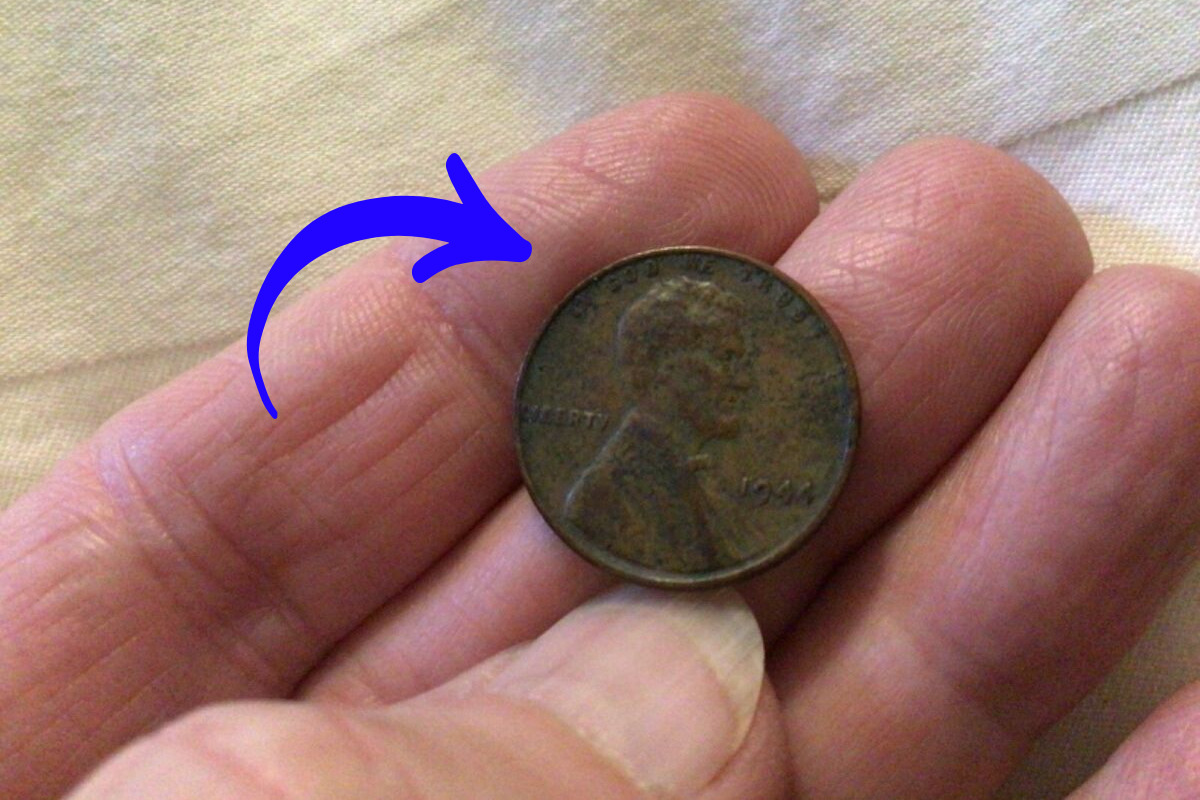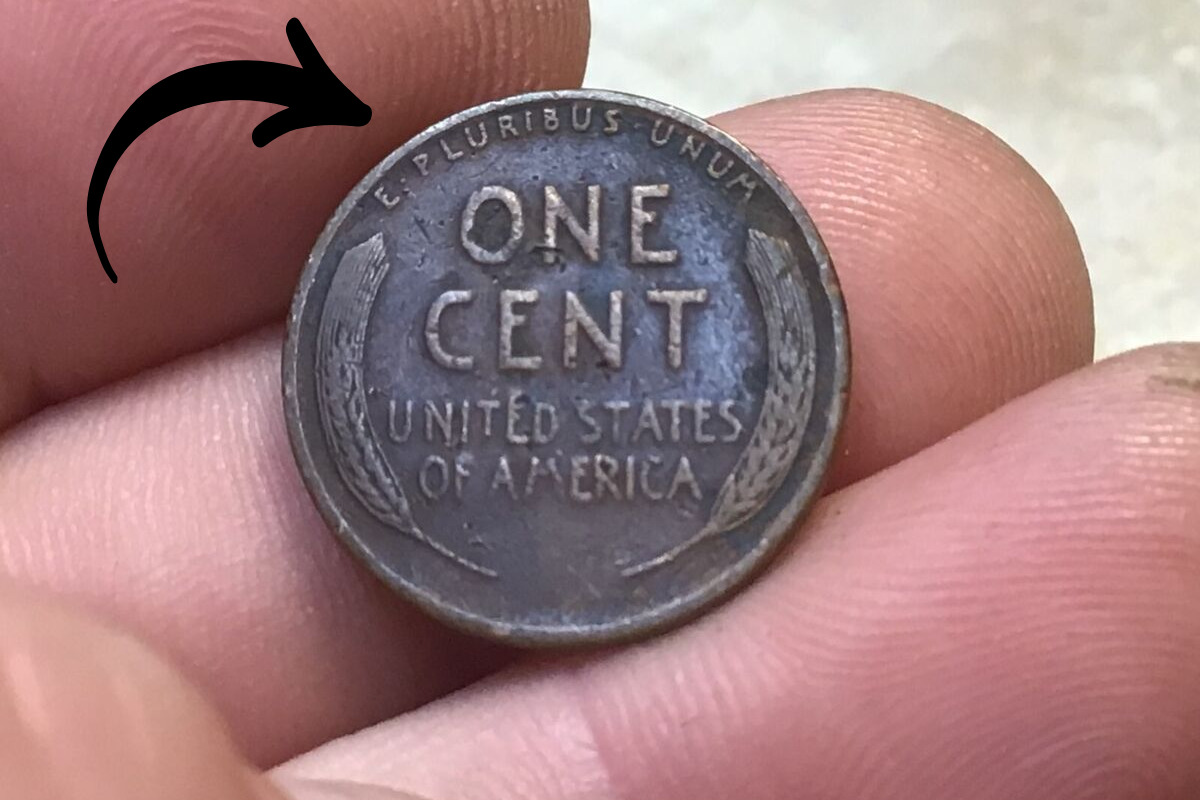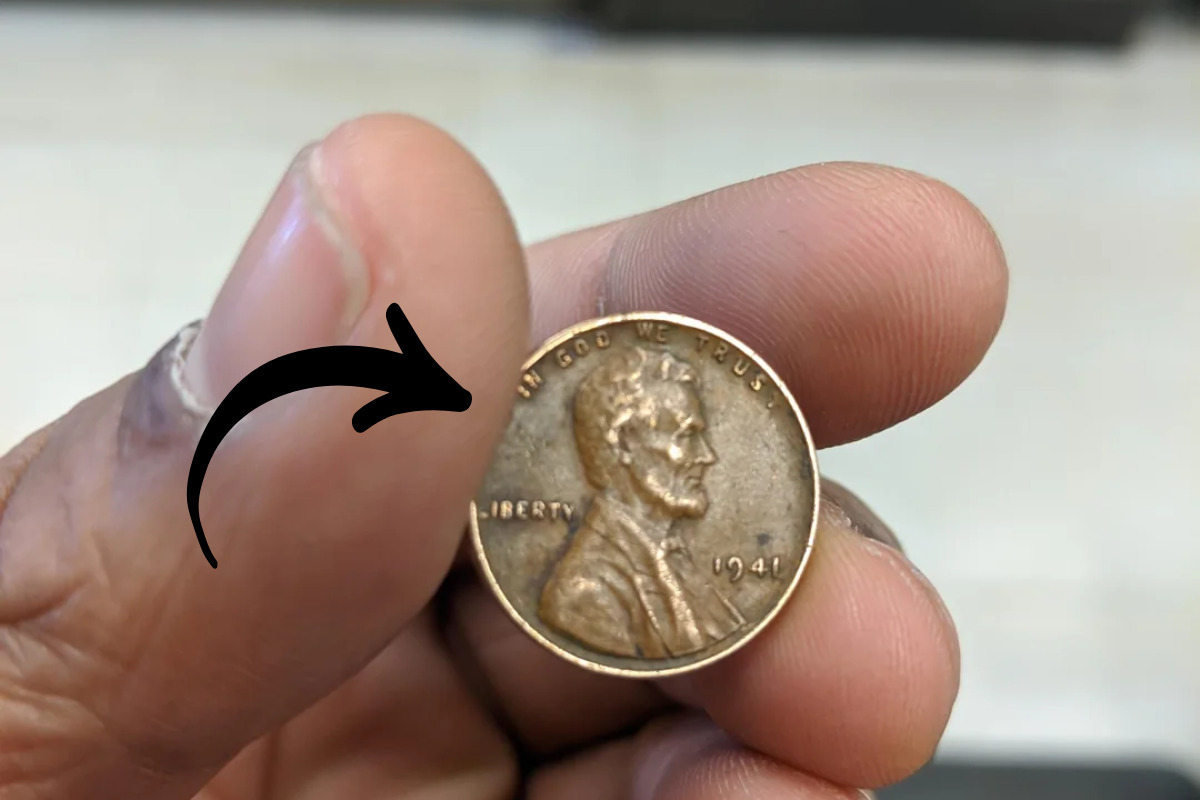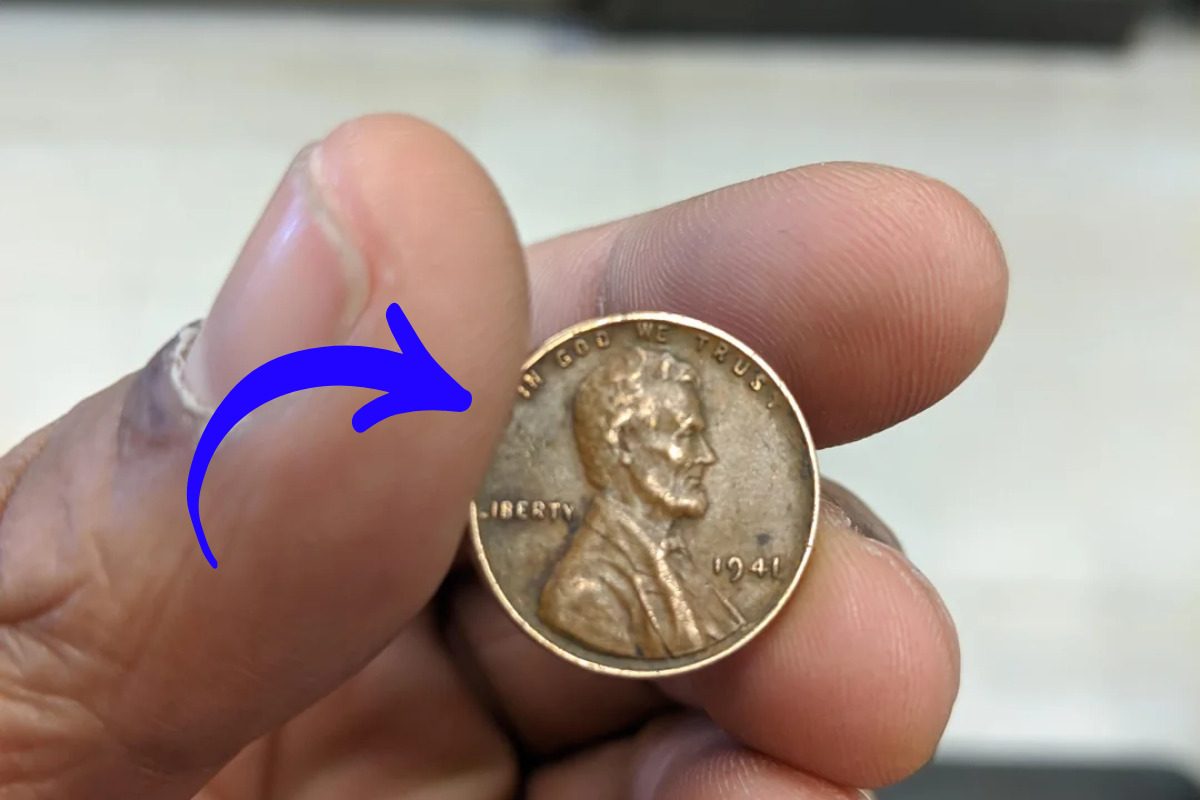A Texas homeowner recently amazed Reddit users by sharing impressive before-and-after images of their yard transformation. What was once a patchy, brown lawn is now a vibrant, eco-friendly landscape designed to thrive in Texas’s dry climate. The post, shared in the r/Xeriscape subreddit, titled “Central TX: Sod to Xeriscape,” received a lot of positive reactions, inspiring many to consider similar changes for their own yards.
In this article, we’ll explore the details of this transformation, the benefits of xeriscaping, and why it’s becoming a popular choice, especially in drought-affected areas like Texas.
What is Xeriscaping?
Xeriscaping is a landscaping technique that focuses on using plants and materials that require minimal water. According to National Geographic, xeriscaping is “the practice of designing landscapes to reduce or eliminate the need for irrigation.” This method relies on native, drought-tolerant plants that can survive with little to no additional watering beyond natural rainfall.
This approach is especially useful in places like Texas, where drought conditions are common. In fact, as of January 2, the National Weather Service reported that:
- 50.65% of the Austin and San Antonio areas are under moderate drought
- 31.29% are experiencing severe drought
- 18.06% are facing extreme drought
With such harsh conditions, traditional grass lawns often struggle to survive, making xeriscaping a practical and eco-friendly alternative.
The Yard Transformation: Before and After
In the Reddit post, the first photo showed a typical front yard with a large tree and a patchy lawn—around 75% of the grass was brown due to drought stress. But the after photos tell a completely different story. The new design features:
- Two sections filled with decorative rocks
- A beautifully crafted pathway
- Two areas with different-colored mulch
- Drought-tolerant plants arranged for visual appeal
The homeowner shared that they instructed their landscaper to focus on “zone-native, drought-tolerant plants” with a goal of reducing mulch use over time. The result is a landscape that’s not just attractive but also sustainable.
Benefits of Xeriscaping
1. Water Conservation
Since xeriscaping relies on drought-resistant plants, it significantly reduces the need for watering. This is crucial in areas experiencing water shortages and droughts.
2. Cost Savings
Switching to xeriscaping doesn’t just save water; it also saves money. Homeowners can save:
- Up to $225 per year on water bills
- Around $100 annually on fertilizers and pesticides
Plus, there’s no need to spend time or money mowing the lawn, as xeriscaped yards require little maintenance.
3. Environmental Benefits
Xeriscaping isn’t just good for your wallet—it’s great for the environment. Drought-tolerant plants attract pollinators like butterflies, bees, and hummingbirds. These creatures play a crucial role in plant fertilization, helping gardens thrive.
According to the U.S. Department of Agriculture, 80% of the 1,400 crops grown for food rely on pollination. By creating a pollinator-friendly yard, you’re also supporting the broader ecosystem.
Popular Plants and Materials for Xeriscaping
If you’re considering xeriscaping your yard, there are plenty of budget-friendly and attractive options:
- Clovers: Affordable, hardy, and low-maintenance
- Mulch: Helps retain moisture in the soil and reduces weed growth
- Mediterranean Plants: Such as lavender and rosemary, which are both drought-tolerant and fragrant
- Pavers and Stones: Great for creating pathways and adding texture
- Succulents: Require very little water and come in a variety of shapes and colors
This Texas homeowner’s stunning yard makeover is a perfect example of how xeriscaping can transform a dull, water-hungry lawn into a beautiful, sustainable landscape. Not only does it save money and reduce water usage, but it also supports local ecosystems by attracting vital pollinators.
With Texas facing ongoing drought conditions, more homeowners might be inspired to make the switch. Whether you’re looking to save on water bills, reduce yard work, or help the environment, xeriscaping offers a practical and visually appealing solution.
FAQ
What is xeriscaping?
Xeriscaping is a landscaping method that focuses on using drought-tolerant plants and materials to reduce the need for watering. It’s eco-friendly and perfect for dry climates.
How does xeriscaping save money?
Xeriscaping reduces water usage, saving up to $225 annually on water bills. It also cuts costs on fertilizers, pesticides, and lawn maintenance.
What are the best plants for xeriscaping?
Good options include clovers, succulents, Mediterranean plants like lavender, and native drought-resistant plants suited to your region.
Does xeriscaping help the environment?
Yes, it conserves water, reduces chemical use, and supports pollinators like bees and butterflies, which are vital for plant fertilization.
Is xeriscaping high-maintenance?
No, xeriscaped yards require less maintenance than traditional lawns. There’s minimal mowing, watering, and fertilizing needed.

